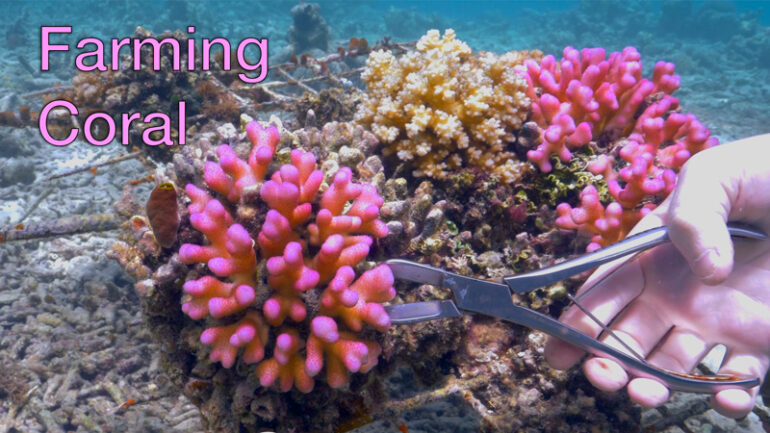Visiting the wild reefs, like we did in the Solomon Islands recently, is an incredible experience that really helps connect us to where our corals come from. Not only do we get to see a greater variety of coral species than we could ever hope for in the aquarium hobby, but we get to see examples of huge colonies, in all the colors and which part of the reef they inhabit.
However one of the most lasting experiences is getting to know the people, villages and communities that live right at the water’s edge. To them the reef is just a place where they catch fish, and coral is akin to our grasses and shrubs, sometimes used for construction purposes. So it’s always an interesting conversation to explain why we would travel so far to see their ‘grasses & shrubs’ and why they are so fascinating to reef aquarists all over the world.
Occasionally we have had the chance to hold impromptu coral farming workshop but the one we just had in Marau Sound is incredibly special. As far as we can tell this community was the first to ever farm coral in the natural ocean environment and the Solomon Island Coral Discs of the lat 90s and early 2000s injected the hobby with a wealth of coral diversity that we are still enjoying to this day.
Getting the coral farming collective of Marau Sound back to work in this modern era of reefkeeping is an incredible experience and we are honored to be a part of it. Things can get quite hectic when the tropical equatorial sun is beaming, when we’re communicating across language barriers and still soaking wet from a previous dive, but we still managed to capture the coral farming workshop on video for Reef Builders all over the world.



